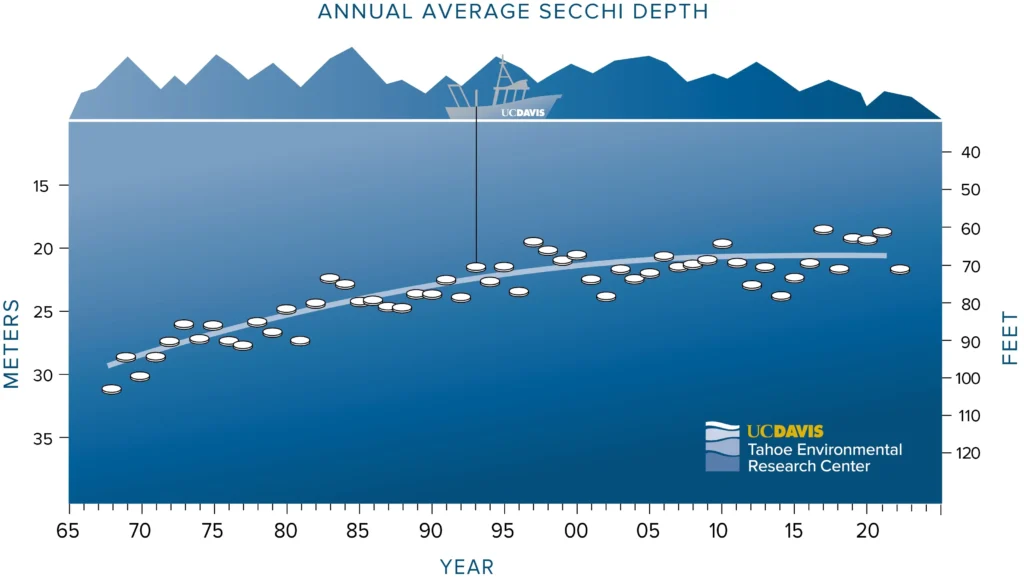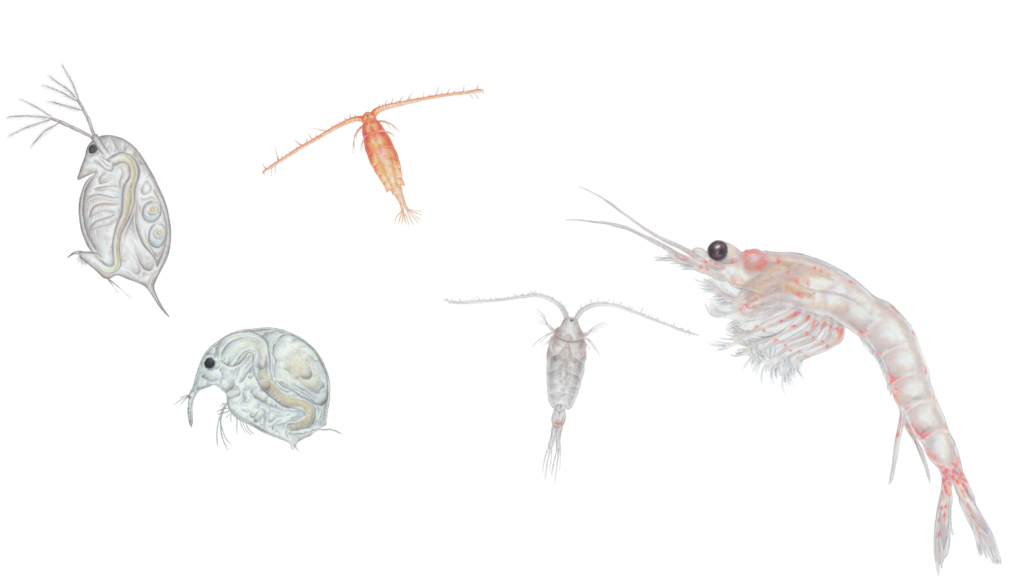Lake Tahoe Sees its Best Water Clarity in 40 Years

In 2022, Lake Tahoe’s waters were exceptionally blue, with the highest clarity recorded since the 1980s. According to a report from the U.C. Davis Tahoe Environmental Research Center, scientists measured the lake’s clarity at 80.6 feet during the last five months of 2022. To measure clarity, scientists lower a large white disk into the water and record the depth at which it becomes invisible.
Darcie Goodman Collins, CEO of the League to Save Lake Tahoe, warned against interpreting this improvement as a sign of full recovery. She emphasized that there is much more to learn about Lake Tahoe in order to restore and maintain its blueness. In 2022, the lake’s average clarity was 71.7 feet, significantly lower than the near-100 feet averages seen in the 1960s and ’70s. In 2021, the lake’s clarity was a mere 61 feet.

Since the 1960s, Californian and Nevadan organizations have sought to restore Lake Tahoe’s clear waters, aiming for an annual average clarity of 97.4 feet – a depth not reached in approximately 50 years. Clarity is influenced by the concentration of small particles like silt and clay from runoff, as well as phytoplankton. The Tahoe Environmental Research Center report identified a shift in zooplankton as the primary contributor to improving the lake’s clarity. Zooplankton, microscopic animals that consume phytoplankton, experienced a significant increase in late 2022.
Two important zooplankton species, daphnia and bosmina, reemerged in Lake Tahoe during fall and winter. They had been largely absent since the invasive mysis shrimp were introduced in the 1960s. The shrimp population was so large that a Californian nonprofit group explored harvesting them for dog treats.

In 2021, the mysis shrimp population unexpectedly crashed, and by 2022, daphnia and bosmina were thriving. Scientists are unsure, but clarity levels could continue improving in 2023, potentially reaching levels observed in the 1970s, provided that daphnia and bosmina continue to thrive despite anticipated high runoff levels this spring and summer.
Fishermen in Tahoe can also celebrate, as Kokanee salmon, which feed on daphnia, are expected to grow larger this season due to the abundant food supply. However, this improvement may be short-lived. Mysis shrimp populations are predicted to recover, and as they consume bosmina and daphnia, clarity is likely to decline once more.
